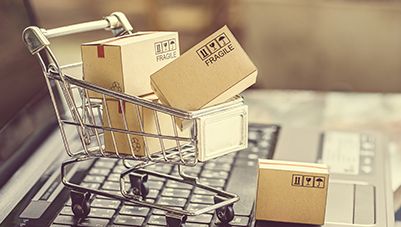A physical asset is a tangible item that a person or business owns and can use to generate value or income. These assets have a physical form and can be seen, touched, and measured. Examples include machinery, buildings, vehicles, and inventory. Unlike intangible assets such as patents or trade secrets, physical assets play a crucial role in day-to-day business operations and long-term investment strategies.
Physical assets are essential for companies to produce goods, deliver services, and maintain their operations efficiently. Proper management of these assets ensures their longevity and maximises their usefulness.
How does physical asset work?
Physical assets work by providing the necessary resources for businesses or individuals to carry out their activities. They can be used directly in production or serve as support for various functions. Here are some key points about how physical assets work:
- Physical assets are acquired through purchase, lease, or construction.
- They are utilised over time to create products, offer services, or support infrastructure.
- Regular maintenance and management help extend their useful life and prevent costly breakdowns.
- Implementing physical asset management systems improves tracking, maintenance schedules, and resource allocation.
- Efficient use of physical assets can reduce downtime and operational costs.
Advantages of physical asset
Physical assets offer several benefits to businesses and individuals, including:
- Tangible value: Physical assets have clear, measurable worth and can often be sold or leveraged for loans.
- Productive use: They directly contribute to production, sales, and service delivery.
- Collateral for loans: Businesses can use physical assets as security to obtain financing, such as a business loan.
- Depreciation benefits: Owners can claim depreciation on physical assets for tax benefits.
- Long-term investment: Properly maintained physical assets can serve a business for many years, supporting sustained growth.
If you are considering expanding your assets, you may want to check your business loan eligibility to see how you can finance your growth effectively.
Examples of physical assets
Physical assets vary depending on the industry and use case, but common examples include:
- Buildings and real estate: Offices, factories, warehouses, and retail spaces.
- Machinery and equipment: Tools, manufacturing machines, computers, and vehicles.
- Inventory: Raw materials, work-in-progress goods, and finished products.
- Furniture and fixtures: Desks, chairs, lighting, and shelving.
- Land and natural resources: Property, farmland, and mineral rights.
Effective management of these assets is crucial for long-term business success and can improve operational efficiency.
What is the difference between financial assets and physical assets?
| Aspect | Financial assets | Physical assets |
|---|---|---|
| Definition | Intangible assets representing ownership or debt. | Tangible assets with physical form and use. |
| Examples | Stocks, bonds, bank deposits, mutual funds. | Machinery, buildings, vehicles, inventory. |
| Liquidity | Generally more liquid and easier to trade. | Less liquid, often require time to sell or convert. |
| Use in business | Used for investment and funding. | Used in production and day-to-day operations. |
| Valuation | Based on market prices or contractual value. | Based on physical condition and market value. |
Conclusion
Physical assets are fundamental components of any business, providing the tangible means to produce goods and services. Managing them effectively can improve operational efficiency, reduce costs, and support long-term growth. For businesses looking to expand or upgrade their physical assets, exploring a business loan can provide the necessary financial support. You can also check your pre-approved business loan offer to quickly access funds and accelerate your business growth.











